Have you just purchased your first ceramic kiln or are you adding a new one to your workshop ? Great ! In this article we guide you step by step through the correct installation and first start-up, with helpful tips to avoid common mistakes.
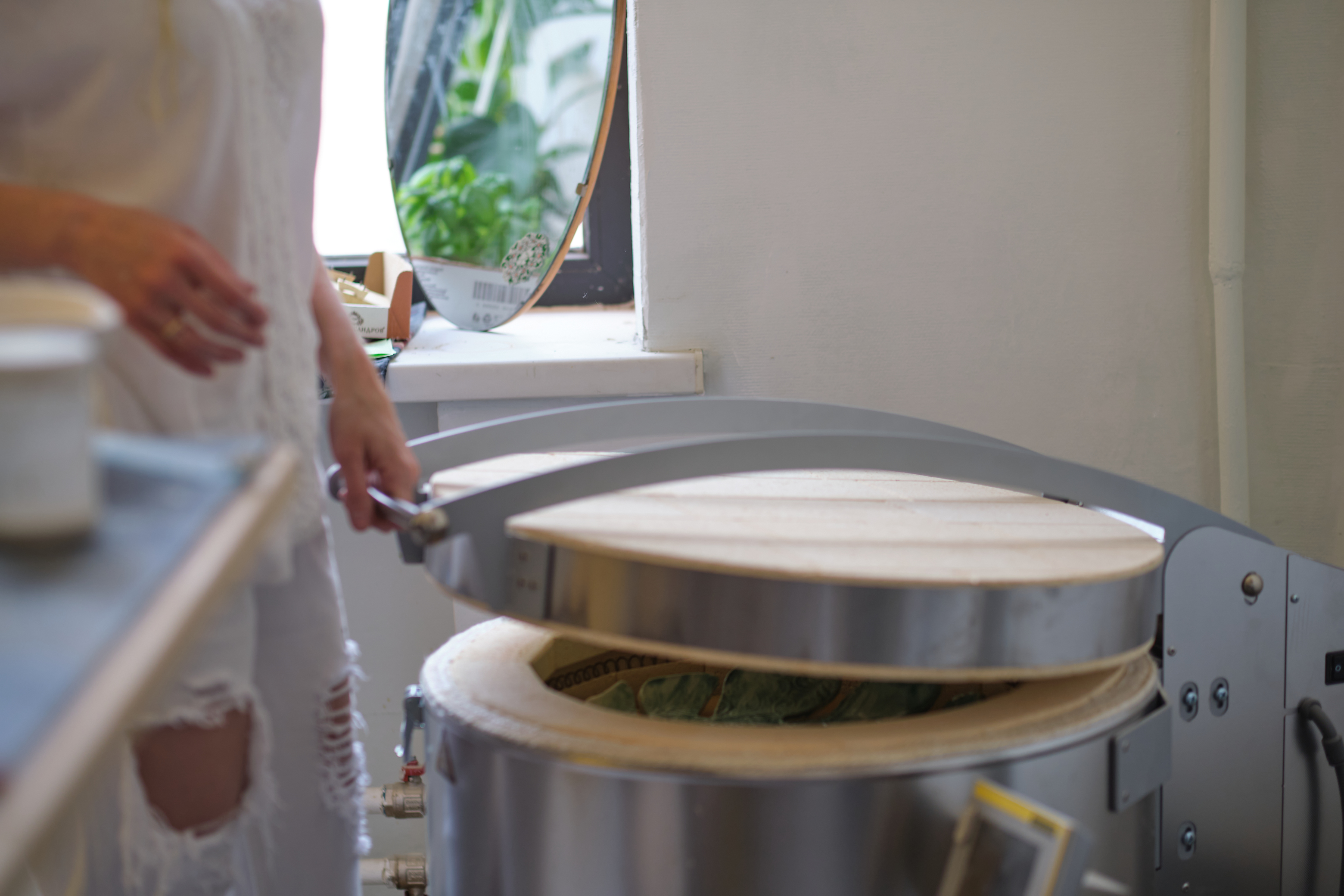
First of all: where to install it?
The location of the oven is critical. Here are the basic rules to follow:
- Leave at least 50 cm away from any walls and flammable objects.
- Avoid outdoor installation, even if covered: these are the directions that furnace manufacturers always specify in their installation manuals. Moisture, even minimal, can damage components.
If indoor installation is not possible, consider buying an oven equipped with wheels so you can move it outdoors only during cooking (always out of the weather) or carefully analyze the location and the protection you can add to keep it as sheltered as possible. - Always work in a well-ventilated room with a window nearby.
- If you use materials that develop strong odors (such as lustres and metal enamels), better equip yourself with a fume extraction pipe: it is not mandatory, but strongly recommended.
First start-up: an essential step
Whether it’s fiber or refractory brick, every new kiln needs an initial firing cycle with the kiln empty.
Here’s how:
- Set a slow ramp cycle, with a final temperature of 900-1000°C.
- The total duration (between heating and cooling) will be about 24 hours.
- Never open the kiln during the cycle, especially in the case of fiber ones: they may emit smoke when first used, and this is completely normal. Don’t open the kiln before the cycle end, you may notice that the fiber becomes blackened, don’t panic. Completing the cycle will restore the original appearence.
- In brick kilns, you can put in shelves and columns right away during the initial start-up.
- In fiber ovens, it is best to run two separate cycles: one with the kiln empty, and the second one ewith the internal accessories.
It is appropriate to dwell briefly on the start-up of ceramic fiber-coated furnaces. Indeed, in addition to the emission of smoke, a particularly intense odor is emitted, which can be bothersome and irritating to the eyes. And as you can imagine this causes particular concern.
If this first firing is done in an enclosed space, the odor may linger for several days. It is therefore preferable to carry out the operation in a well-ventilated space, although our most effective advice is to perform the first firing outdoors. It should be emphasized that this phenomenon occurs only at the first firing: in subsequent firings, neither smoke nor unpleasant odors will be present.
In contrast, this problem is not encountered in ovens with refractory brick interiors.
Oven on wheels or fixed?
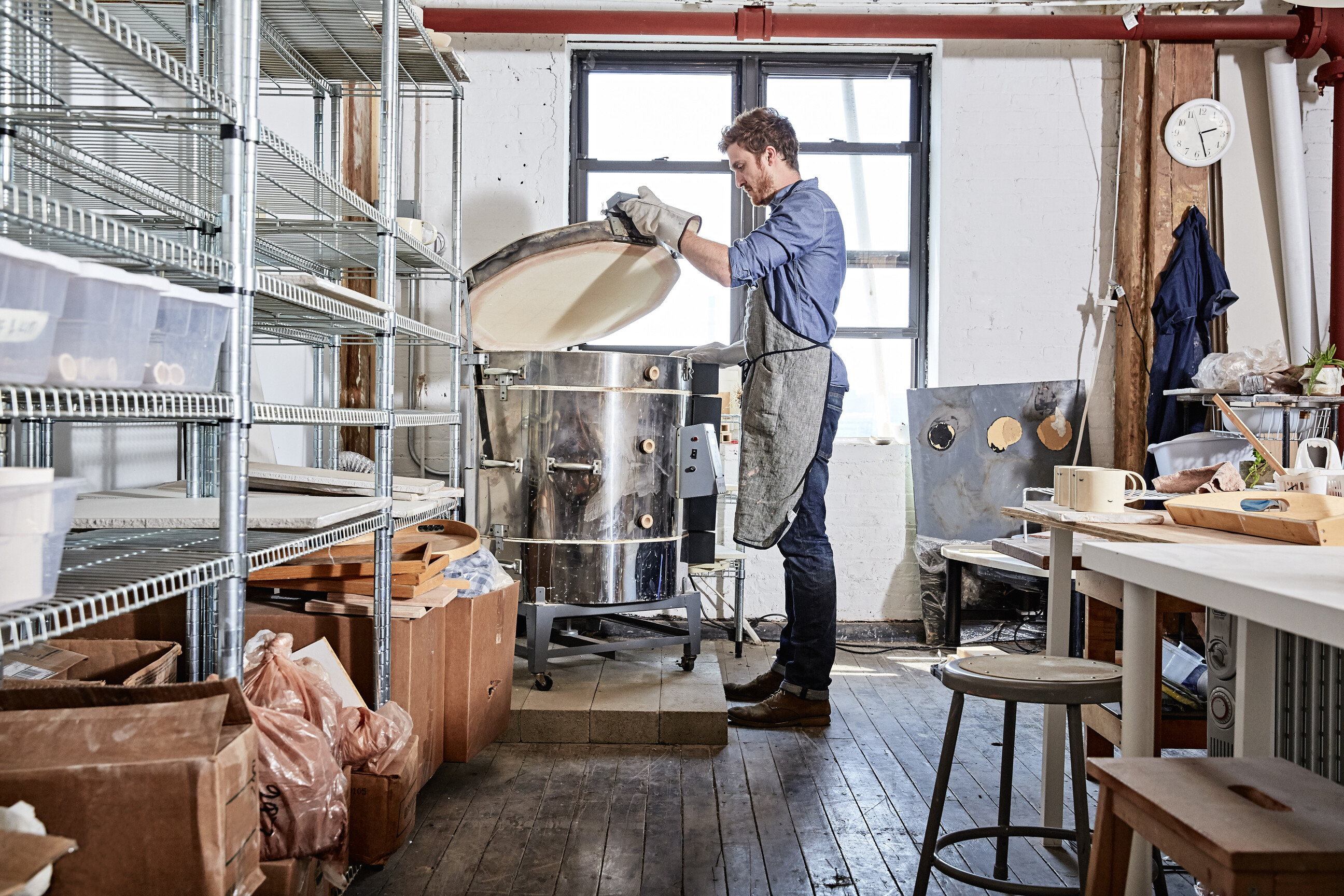
Some pit ovens, such as Nabertherm models, have casters, so you can move them easily for cleaning or maintenance. Front-loading ovens, on the other hand, once installed, tend to stay fixed forever: choose the location well before plugging them in.
Power outlet and consumption
Before purchasing your kiln, request a technical data sheet for the product. This document is essential for you to check with your electrician to see if the room’s electrical system is adequate to support thepower draw required by the oven. If not, technical adjustments may be necessary to ensure safe and efficient use.
⚠️ Important: The kiln’s power outlet should never be connected via power strips or adapters.
Electric ovens require high power, and power strips are not designed to withstand such intense loads. Improper use can cause overheating and melting of components, resulting in safety hazards.
It is essential that the furnace be connected to a dedicated outlet, made or verified by a qualified electrician, who will properly size the cables and components to ensure maximum safety and compliance with current regulations.
Maintenance
Ovens are simple and reliable machines that do not require constant maintenance. However, paying attention to a few tricks will allow you to avoid interruptions in your work process and unexpected replacements of components subject to wear and tear.
Here are some best practices to follow:
- Monthly cleaning of the cooking chamber: use a vacuum cleaner to remove accumulated dust and debris. Regular cleaning helps maintain the efficiency of the oven.
- Visual inspection of the thermocouple: periodically check for changes from its original appearance. A change may indicate an impending malfunction…
- Be ready with replacement heating elements: over time, heating elements tend to wear out, affecting the oven’s ability to reach the set temperature. Having spare parts already on hand will allow you to take action quickly.
- Keep the shelves clean: in case of glaze drippings, remove them as soon as possible to avoid permanent damage. If necessary, you can use a diamond disk hose (following all safety precautions) to effectively remove solidified enamel.
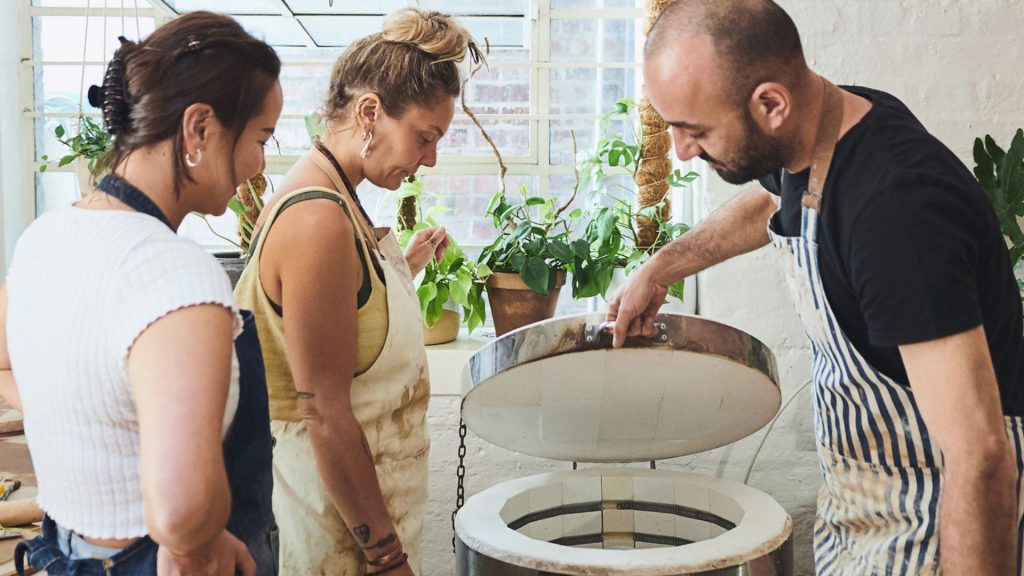
Manual and useful info
Each kiln is provided with its own safety and installation manual. Always read the documentation, each model has different features and instructions that must be carefully followed.
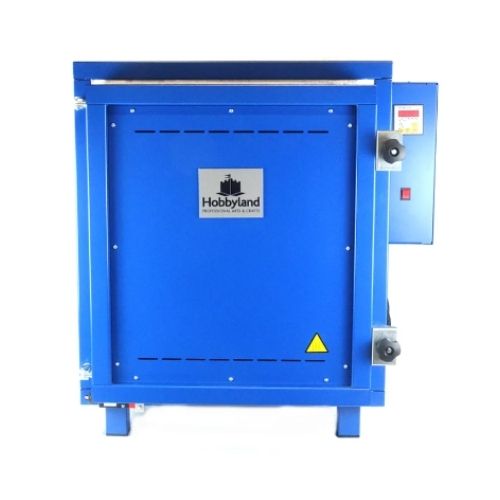
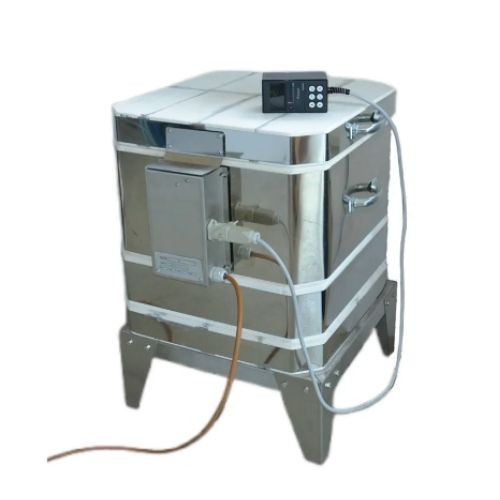
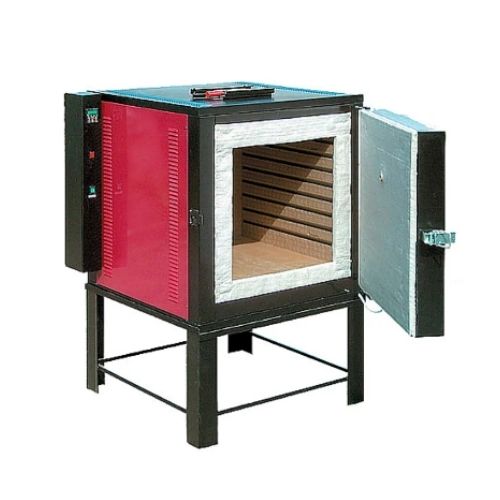
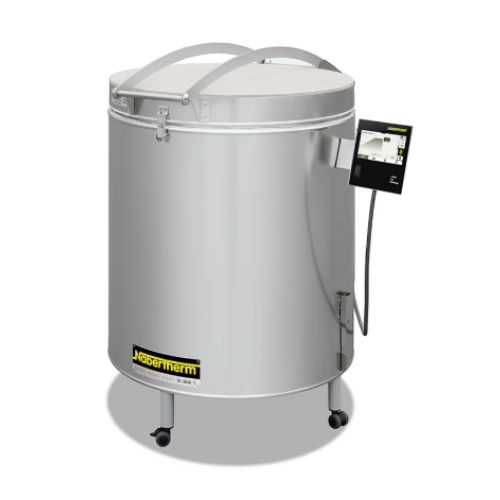
Some extra precautions can help protect your kiln from firing accidents. For example, broken enamel pieces falling onto the kiln shelves or floor may require cleanup with diamond tools, as explained in the earlier section.
You may consider using 1 or 2 mm ceramic paper (up to 1200°C) or the application of the shelf protector (up to 1260°C), these will facilitate the removal of residues and deposits.
In addition to the normal firing equipment, plates and posts, depending on the pieces you want to make, you may find it useful to have accessories such as steel spacers, a rack for firing beads or Kanthal wire that can be used for creating hooks for pendants and earrings.
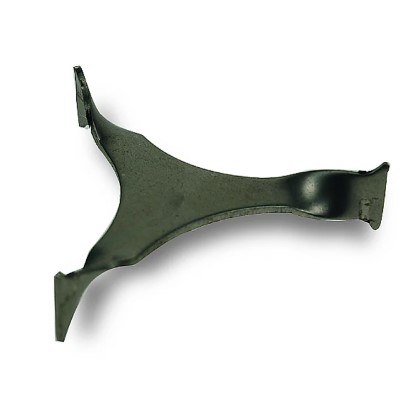
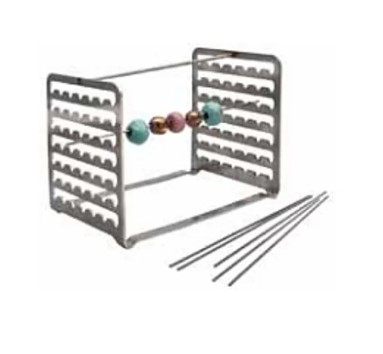
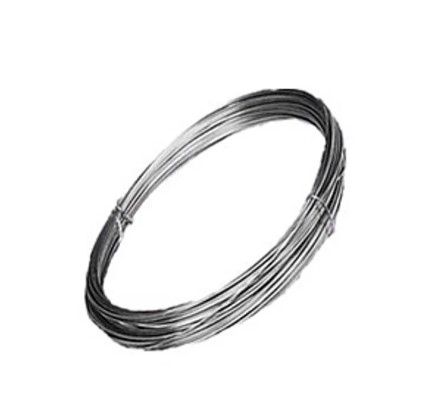
Frequently asked questions – FAQ
Do I have to do the first startup?
Yes. It is used to stabilize the materials inside the kiln. Skipping it can affect the life of the kiln and the quality of baking.
Is it normal for the oven to emit fumes when first used?
Yes, if the oven has a fiber-ceramic interior. This is a normal and temporary phenomenon: do not open the oven, let the cycle complete.
Can I insert shelves and columns during the first start-up?
Only in refractory brick kilns. In fiber ovens, they should be inserted after the first vacuum cycle.
Do you necessarily need a fume extraction pipe?
No, but if you use products such as lustres or glazes with volatile components, it is highly recommended
Can I install the oven in the balcony?
Better not, but if you have no alternative it can be evaluated according to the present conditions. You can send us all the details and we will help you with an evaluation specifically for you.
️ What should I check before each firing?
- Let there be free space around the oven
- To have adequately protected the shelves in case of cooking accidents
- That the oven is perfectly dry (especially after periods of non-use)
- That the lid closes properly
Do you have doubts about the installation of your oven?
Or are you undecided about the purchase?
Follow our guide or contact us, we are here to help you !
